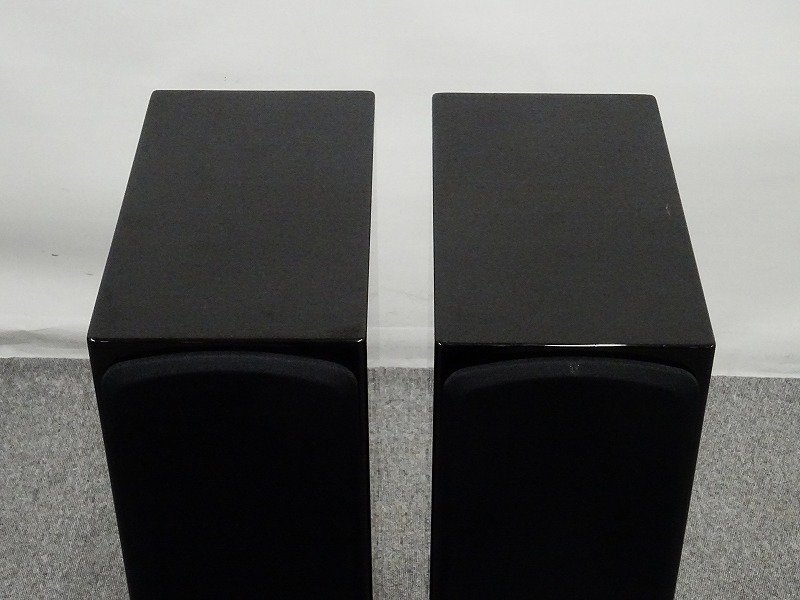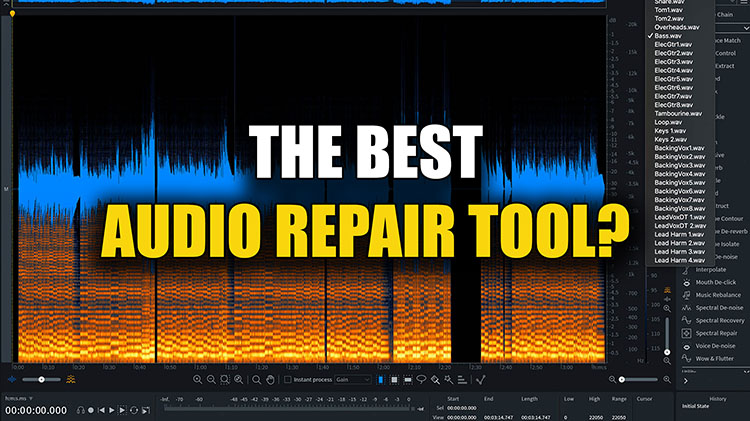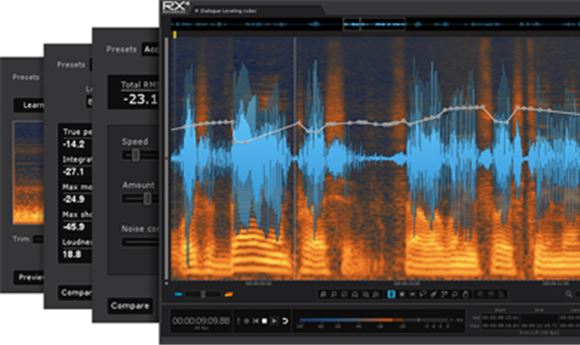

#RX8 VOICE DENOISE UPGRADE#
I own RX3 Standard, but didn’t want to pay $199 to upgrade to the latest version.

Sorry for the novel, I’m just passionate about audio technology so this is kind of my jam. If they’ve since added audio plugin support to iMovie then you can use that same workflow there too and save yourself the round trip export dance. If you were using Final Cut, you could instantiate RX (or Waves NS1) as a plugin on the audio in Final Cut and do it all from the same environment. That means you would be stuck editing the audio in a separate environment that does support plugins (GarageBand, Logic, etc.) and then laying the cleaned audio back under your footage before exporting in iMovie. RX is also not the right tool for improving things like perceived “clarity” (a job for an EQ or compressor, or likely both).ĭon’t get me wrong, I love RX, I just wish it didn’t get recommended so much in podcasting circles when there are simpler, cheaper, more accessible alternatives available that cover the vast majority of podcasting needs.Īs for iMovie, I haven’t used it in quite some time but last time I used it, it didn’t support audio plugins. To reduce the sense of space around the sound, you’d need to use the de-reverb module, and frankly it’s extremely difficult to improve situations like that without making everything sound worse. You mentioned your audio being recorded in a large hall-noise reduction is not going to do much for the echo-y sound, it’ll just remove background hiss/hum. To directly address your question, RX Elements includes the same voice de-noise module as the higher-end tiers, but it doesn’t include many of the other more sophisticated modules like the de-reverb module (for making things sound less echo-y). I only break out RX when a track needs a lot of audio repair work. My background is in game audio, music, and post for video work, so I own RX Advanced and a variety of other specialized tools, but for podcast work I almost always just use NS1 because it’s the right tool for the job. Specifically, I recommend Waves NS1, which is literally a single slider that controls a very intelligent adaptive algorithm optimized for reducing noise on spoken word sources. What ends up happening is that you rely on the (very good) presets, but if the preset isn’t quite right (and it never is) but you don’t have a background in audio post, you don’t know which of the many controls to manipulate to make it better, so you either give up or put up with a result you’re not quite happy with.Īny time I’m asked about this, I recommend people start with a much more friendly tool for noise reduction.

RX is tremendously powerful software, but as a result it’s got quite a steep learning curve to get the most out of it.

It’s akin to recommending Photoshop to someone who just wants to resize an image. I’m going to go against the grain here and suggest that RX is actually quite a poor choice for the majority of people looking to solve this problem, particularly podcasters.


 0 kommentar(er)
0 kommentar(er)
